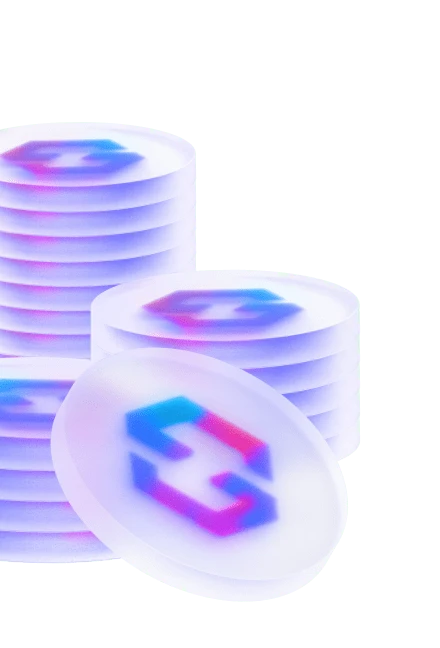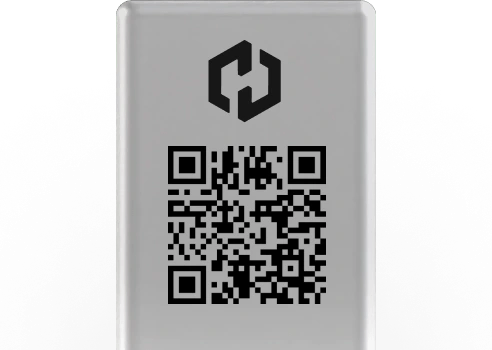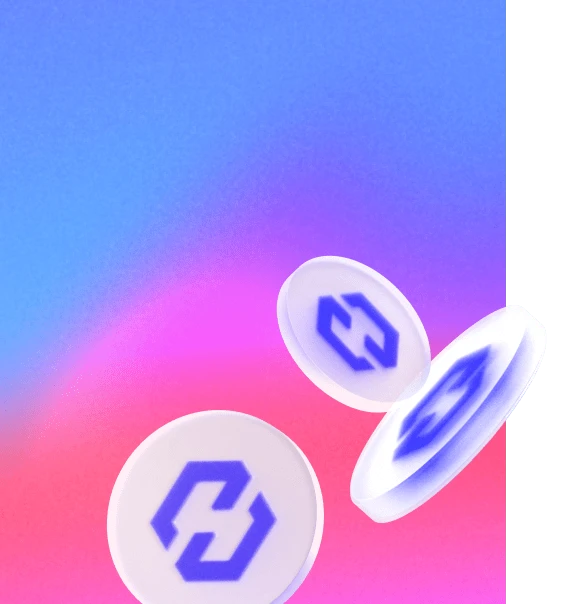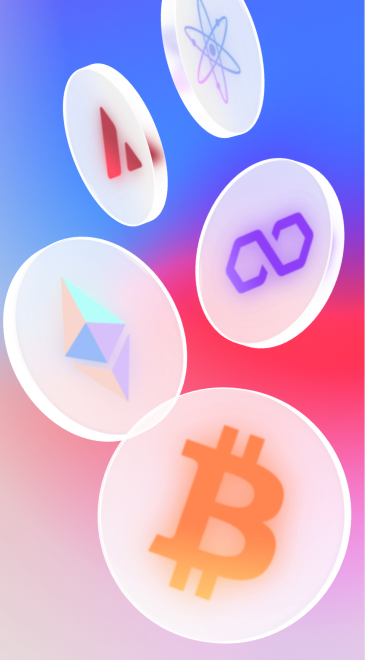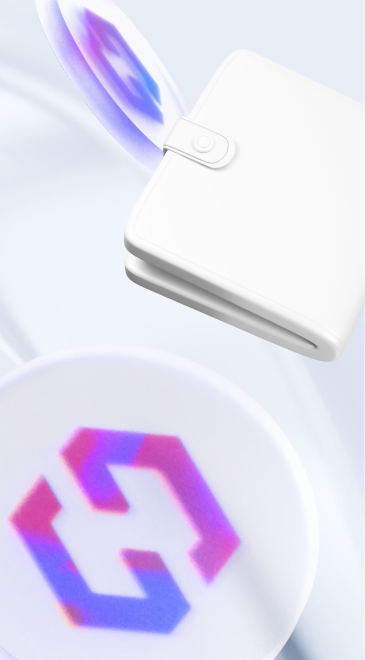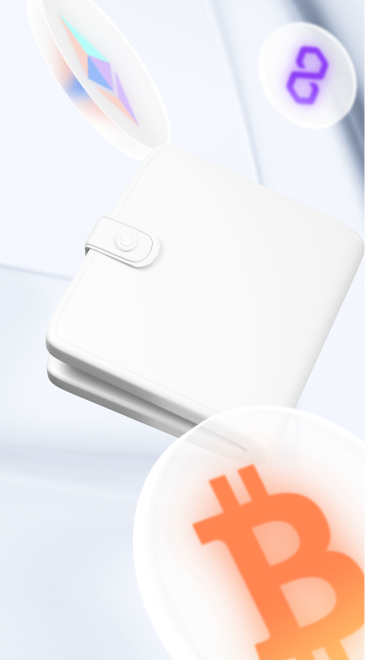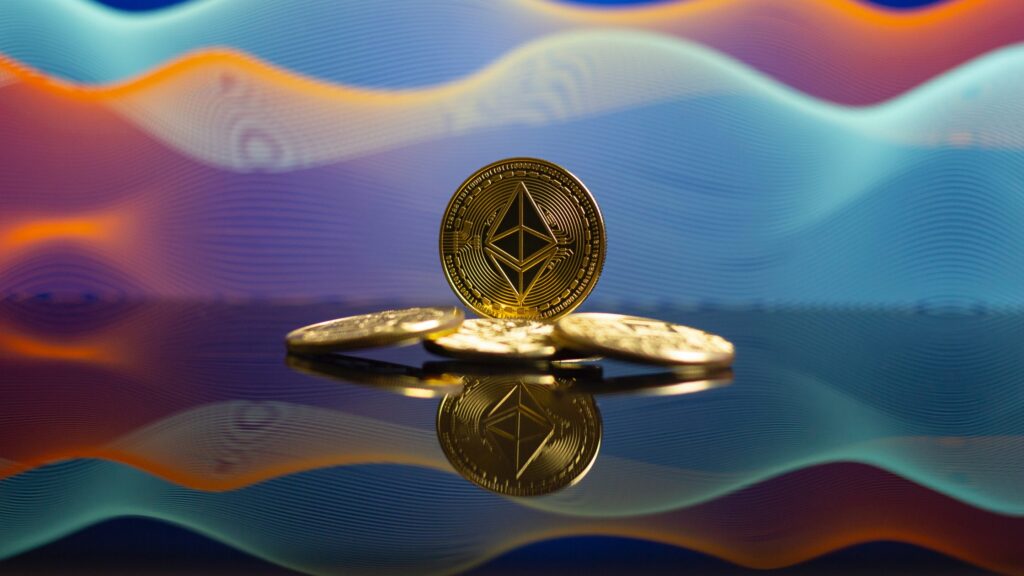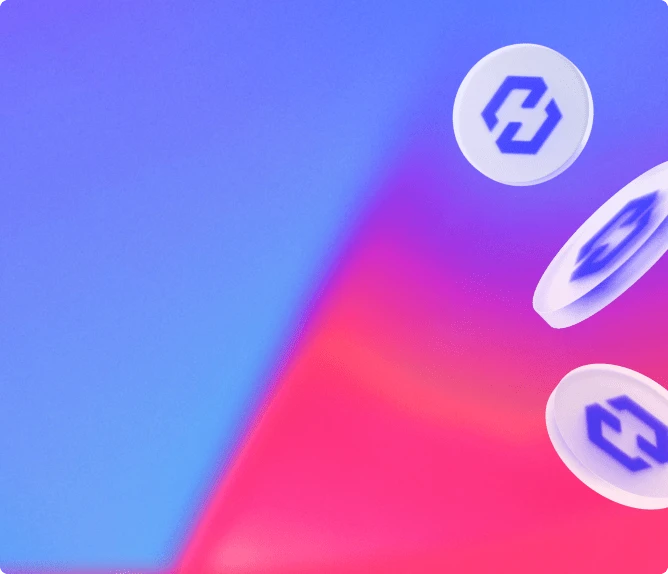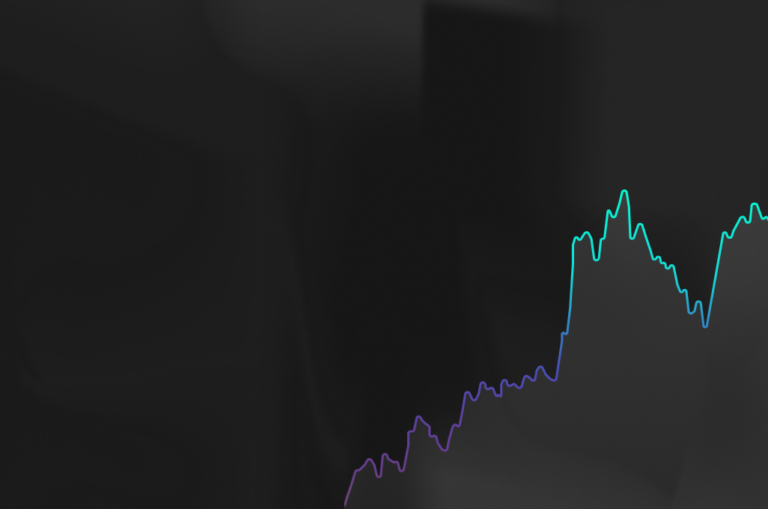The EthCC 2019 Paris conference just closed its doors. From the 5th to the 7th of march, it attracted hundreds of Ethereum developers from all over the world who came to discuss the current status and future progress of the Ethereum ecosystem as a whole. Coinhouse was quite proud to be a sponsor of this event and host some of the talks in our offices.
The conference had a strong focus on technology and learning. Many talks were tutorials and workshops designed to teach technologies related to Ethereum. Of course, many companies came to promote their own solutions, but overall the different projects were judged by their technical merits. Much criticism was made of Tron and EOS, which can now be considered as the biggest competitors of Ethereum.
The name of the conference was EthCC, but it could have been called MakerCC, as almost every project has taken an interest in using MakerDAO and especially the DAI stable coin. It is quite incredible how DAI is imposing itself as a standard for exchanging non-volatile value on top of the Ethereum network.
ICOs struggle
One year deep into the bear market, the ecosystem has matured. Utility tokens generated through ICOs intended as in-game currency will probably never recover to their former market valuation as stablecoins are rendering them obsolete.
Decentralised Finance
The other big word was DeFi, for Decentralised Finance. Many projects are focusing on finance applications, while maintaining a decentralised governance system. The adoption of the technology is still lacking, though, and the whole ecosystem is wondering where the first mainstream app is going to come from.
There were many projects that the Coinhouse team found interesting and would have liked to showcase. These are merely the most fascinating ones:
Technology
One of main issues with Ethereum is that smart contracts were never designed to interact with the Internet outside the Blockchain, never mind the physical world. Several projects were proposing methods to bridge this gap and allow communication and exchange data between smart contracts and the rest of the Internet. Chronologic creates systems able to wake up smart contracts in order to verify if a given condition has been met. Chainlink is creating proxies that can act as oracles in order to provide data to smart contracts. Both these solutions are of course off-chain.
Parity technologies is including light Ethereum nodes within dapps, thus improving security and decentralisation. The first real-world dapp with such a model is the Fether Wallet.
Wallets
Argent wallet is a new cryptoasset wallet, but one which behaves very closely to a bank account. The cryptoassets are kept within a smart contract, and a “guardian” is able, through signatures interacting with the smart contract, to limit spending or to prevent certain transactions from going through. Such a system can be useful for beginners who may want to have a wallet with the same protections as their traditional bank account.
Dapps
Ethfinex is going full decentralised. The exchange platform, after creating a decentralised exchange, is now planning to create a DAO (Decentralised Autonomous Organisation) which will be administered by the NEC token holders. Ethfinex admitted that the usage of decentralised exchanges remains extremely low, probably because of the complexity of their usage.
Kleros, the dispute resolution system dapp, after a successful test pilot – Dogeontrials – have launched their first product in Partnership with the Ethfinex exchange: the Token² Curated List. Tokens asking to be listed into the Ethfinex exchange are reviewed by jurors mitigating the risk of having “fake tokens” listed, and this curated list will then be available to any decentralised exchange, avoiding the pain of reviewing one by one each token to be listed.
Decentralised services / storage
Building decentralised protocols on centralized services might soon be a thing of the past. Pando is building a decentralised Github, leveraging technologies such as IPFS and Aragon in order to rely exclusively on decentralised technologies for storage and governance. Speaking of which, IPFS and Swarm are both gaining ground, slowly but surely, with both teams building the storage and availability layers of Ethereum.
Governance / DAOs
Governance was a hot topic too. Whether it be a broad talk about blockchain governance on a macroscopic level by lead researcher Vlad Zamfir, modular governance by the Kelsen team, or dApp governance by Aragon and DAOstack, brains are working hard on what governance means on decentralised ecosystems and how it should be applied to those systems. Readers should take a look at how to create and managed decentralized applications with Aragon (in French). Panvala is working on a smart contract-based system where DAO stakeholders will vote on slates, entire decision platforms, instead of individual decisions, allowing for a better governance of projects.
Dai ecosystem
Superstar project MakerDAO has onboarded many teams who want to piggyback on the usefulness of the DAI stablecoin. Igor Barinov from POA Network presented the characteristics of the first stablechain using bridged Dai – xDai- as the native asset. Having a low number of nodes, the chain is indeed less secure than public blockchains but very well suited to allow a large number of transactions with very low fees and confirmation times. Hundreds of transactions can be made for one cent. At ETHDenver, more than $40k were transacted by users for the total cost of 20 cents, reported Austin Griffith, the creator of the Burner Wallet, the first xDai wallet out there.
Analytics
Blockchain analytics and asset tracking is useful to many projects. The Balanc3 team, backed by ConsenSys, is delivering a one-stop app for all digital assets tracking. Connecting wallet addresses and exchange balances through API keys allows users to manage digital assets performance and mouvements at any time and very easily through the app. Very useful for tax reporting and organisations.
Tech-savvy individuals could also lean towards Rotkelchen, which provides a similar service and keeps and encrypts all data locally. Alethio develops very advanced tools for Ethereum blockchain analytics and monitoring. And finally, Stateofthedapps offers very interesting statistics on Dapps deployment and usage: if Ethereum is the platform with the largest number of dapps, EOS has the largest number of users and transactions.
Privacy
On the other end of the spectrum, upgrading users confidentiality is also an important topic when talking about electronic cash systems and private data management on public networks. At the transaction level, the devs led by Antoine Detante are making their way into allowing the use of private transactions through the Parity client. Following an other path to privacy, the AZTEC protocol teams make use of zero-knowledge proofs and in particular zk-SNARKs in their protocol.
The devs at HOPR also care a lot about privacy. They think current encryption in messaging apps like Whatsapp or Signal are not enough, and the messaging app that they are building not only encrypts the message itself, but makes it hard to know who is sending that message, the size of the message, and the IP addresses involved.
Security tokens
Tokenization of financial assets is a thing, and projects like Polymath, Meridio, and Dauriel Network are at the forefront of it. Dauriel Network allows the issuance, management and transfer of compatible securities on Ethereum blockchains, both public and private. They demonstrated that STOs, following the recent exponential hype, had a future ahead of them, by focusing on the tokenisation of unlisted securities, more specifically shares in Venture Capital funds, Private Equity funds, or shares in real estate investment companies.
Tokenomics
Evolving at the frontier of computer science, finance, and economics, much was discussed about tokenomics. Cassidy Daly from Centrifuge highlighted the importance of having a well-thought token issuance model when designing your tokenomics. Creating a well balanced token issuance model is vital for a project.
Julien Prat made an interesting presentation about the value of utility tokens, explaining that they have value for the user only if they give a discount for purchasing the service compared to fiat, and that the value of a utility token tends towards zero if only speculators use it, while the value of utility tokens will stabilize in the long run to their utility value price. The speakers then proposed models of economies based on traditional assets as well as models more specific to the cryptoassets environment, based on the bonding curves model.
Marc Zeller from Coinhouse analysed a few different tokenomics models, highlighting the clever ones like MakerDAO, Kleros or Livepeer token, and pointing out the dodgy ones like Binance Coin, highlighting the regulatory risks associated with these models.
Guidance
Finally, some wise words from Taylor Monahan (My Crypto) and Ashleigh Schap (MakerDAO): Taylor enumerated 46 steps needed for a new comer to get to access a dApp and the absolute need to provide better UX for Ethereum to grow outside of a tech-savvy community. Ashleigh from MakerDAO, highlighted the need to constantly adapt to the audience when talking about the technology we use and what we do by using their language as much as possible and understanding their needs.
Coinhouse events
Proud sponsor of the event, Coinhouse hosted four different events every night in parallel to EthCC. We were happy to host:
Conclusion
The Ethereum ecosystem is clearly maturing: bear market conferences have proven to be highly qualitative. It’s much harder to sell pie-in-the-sky dreams for millions of dollars, and teams are looking for practical solutions and real-world applications to actually attract mainstream user adoption.
Scalability solutions such as sidechains are getting closer to a production ready state, and the emergence of stablecoins is a giant leap towards better and seamless usage. The era of pure R&D was replaced by the 2017 let’s-get-rich-quick fever, but thanks to the market crash that cleaned the ecosystem, we are now about to enter the time of mainstream acceptance and usage. All in all, these are good news for the ecosystem and we are impatient to follow the developments of all these projects and technologies.
